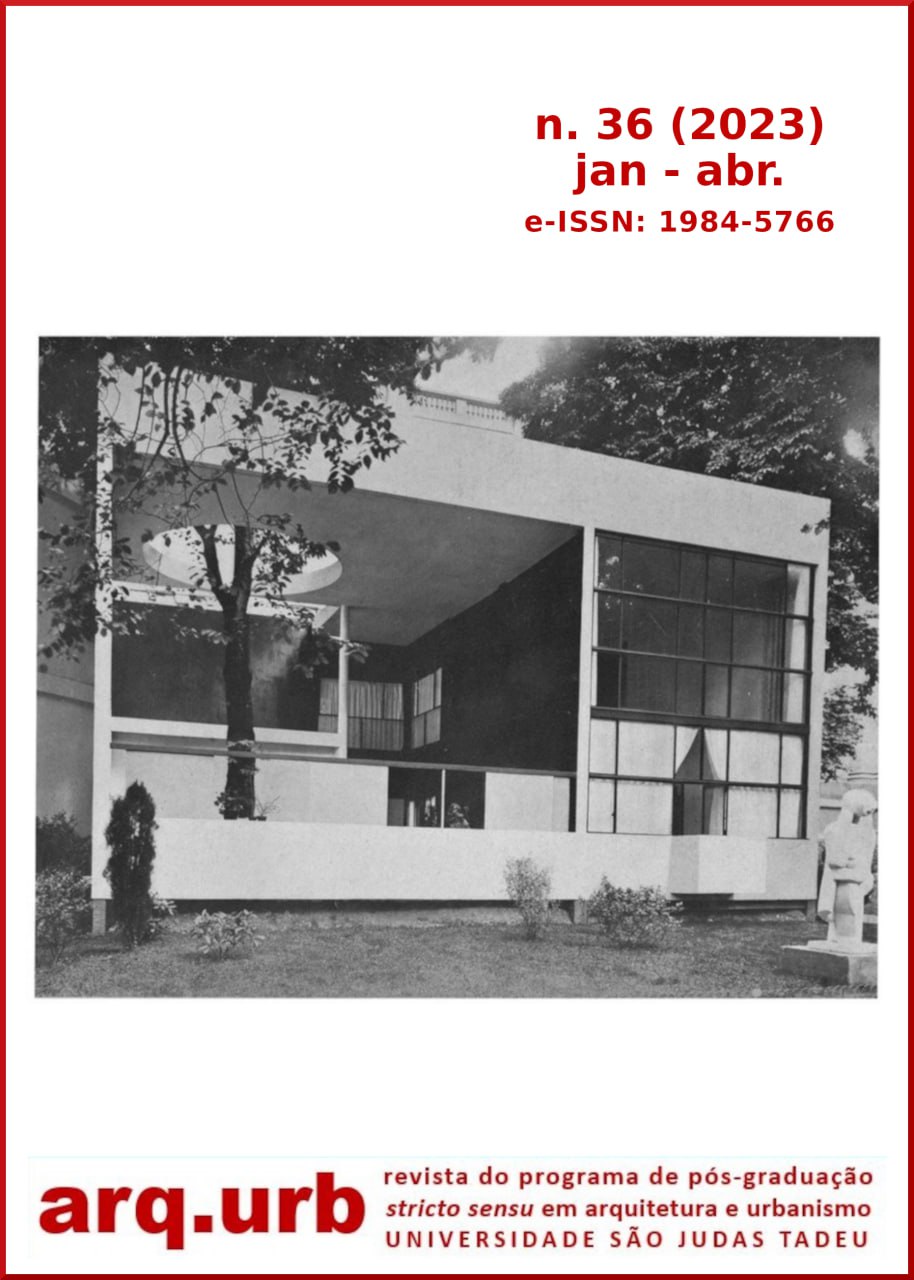How to apply visual communication in architecture
Concepts, references and guidelines for architects.
DOI:
https://doi.org/10.37916/arq.urb.vi36.601Keywords:
Environmental graphic design, Placemaking, WayfindingAbstract
Visual communication is fundamental for the identity of many organizations and an important component of architecture. Places such as stores, hospitals, museums and airports, for example, need visual communication to clarify their operation to the user. This article presents and discusses this relationship between visual communication and environment based on Environmental Graphic Design, a discipline structured by the convergence of communication, graphic design and architecture, which deals with organizing the message in the built space. For this, it rescues definitions and presents the three most widely developed approaches in design: Placemaking Design, Wayfinding Design and Interpretative Design. Through examples, the article discusses visual communication in different contexts of architecture and then proposes links to the architect in this area. Finally, it suggests how to develop skills for the practice of projects of this nature.
Downloads
References
ADG – Associação dos Designers Gráficos. ABC da ADG: Glossário de termos e verbetes utilizados em Design Gráfico. São Paulo: Melhoramentos, 2000, 119 p.
ARTIGAS, Rosa Camargo (org.). Vilanova Artigas. São Paulo: Instituto Lina Bo e P. M. Bardi / Fundação Vilanova Artigas, 1997, 272 p.
CALORI, Chris; VANDEN-EYNDEN, David. 2015. Signage and wayfinding design: A complete guide to creating environmental graphic design systems. 2ª edição. New Jersey, US: Wiley, 2015, 304 p. DOI: https://doi.org/10.1002/9781119174615
COSTA, Joan. A imagem da marca. Um fenômeno social. São Paulo: Ed. Rosari, 2008, 166p.
FOLLIS, John; HAMMER, David. Architectural signing and graphics. New York: Whitney Library of Design, 1979, 232 p.
HARDING, Jim. Making the connection Part lll: ‘Zooming in’ on the 3Vs of airport wayfinding. GS&P Dialogue. Disponível em <https://www.greshamsmith.com/dialogue/september-2013/making-the-connection-part-iii-zooming-in-on-the-3> Acessado em 20 de dezembro de 2017.
MUNARI, Bruno. Design e comunicação visual. São Paulo: Martins Fontes, 2006, 374 p.
PALLASMAA, Juhani. Os olhos da pele: A arquitetura e os sentidos. Porto Alegre: Ed. Bookman, 2012.
PEON, Maria Luisa. Sistemas de Identidade Visual. Rio de Janeiro: 2AB, 2001, 104 p.
POULIN, Richard. Graphic Design in the Built Environment: A 20th Century History. Minneapolis: Rockport, 2012, 271p.
SEGD. Professional Practice Core Competencies. Disponível em <https://segd.org/professional-practice-core-competencies > Acessado em 19 de março de 2020.
SCHERER, Fabiano. Design gráfico ambiental: Revisão e definição de conceitos. 11º P&D Design. 2014, 12 p. DOI: https://doi.org/10.5151/designpro-ped-00453
Downloads
Published
How to Cite
Issue
Section
License
Copyright (c) 2023 Gabriel Gallina Jorge

This work is licensed under a Creative Commons Attribution-NonCommercial 4.0 International License.
Authors hold copyright without any restrictions, being required to inform the initial publication in this journal in the event of a new publication of any work.

















